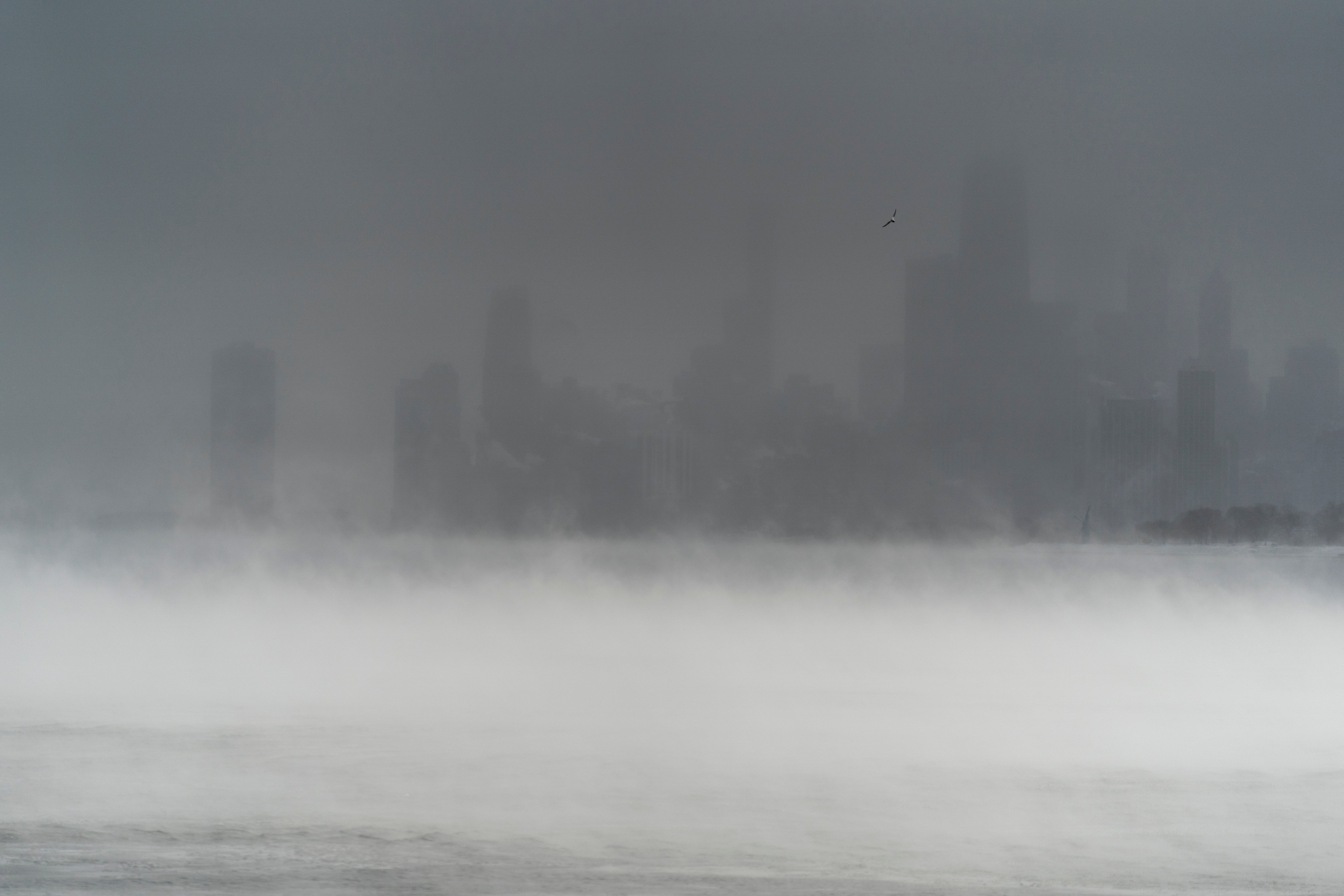LOCALIZE IT: Urban areas become rural with criteria change

Your support helps us to tell the story
From reproductive rights to climate change to Big Tech, The Independent is on the ground when the story is developing. Whether it's investigating the financials of Elon Musk's pro-Trump PAC or producing our latest documentary, 'The A Word', which shines a light on the American women fighting for reproductive rights, we know how important it is to parse out the facts from the messaging.
At such a critical moment in US history, we need reporters on the ground. Your donation allows us to keep sending journalists to speak to both sides of the story.
The Independent is trusted by Americans across the entire political spectrum. And unlike many other quality news outlets, we choose not to lock Americans out of our reporting and analysis with paywalls. We believe quality journalism should be available to everyone, paid for by those who can afford it.
Your support makes all the difference.EDITORS/NEWS DIRECTORS:
More than 1,100 urban areas in the U.S. became rural this week, but it’s not because people left. It’s just that the U.S. Census Bureau changed the definition of an urban area.
The change is the biggest modification in decades to the definition. Under the old criteria, an urbanized area needed to have at least 50,000 residents, and an urban cluster was defined as having at least 2,500 people, a threshold that had been around since 1910. Under this definition, almost 81% of the U.S. was urban and 19% was rural.
Under the new definition, hammered out after the 2020 census, the minimum population required for an area to be considered urban doubled to 5,000 people. The distinction between an urbanized area and an urban cluster was eliminated. The Census Bureau also added housing units to the definition of an urban area. A place can be considered urban if it has at least 2,000 housing units, based on the calculation that the average household has 2.5 people.
The new criteria for urban areas shift the urban-rural ratio slightly, to 79.6% and 20.4%, respectively.
The change matters because rural and urban areas often qualify for different types of federal funding for transportation, housing, health care, education and agriculture. The federal government doesn’t have a standard definition of urban or rural, but the Census Bureau’s definition often provides a baseline.
QUESTIONS/REPORTING THREADS
— How is your community impacted by the change in definition? If your community fell below the 5,000-person or 2,000-housing unit threshold, find out how that changes the types of federal grants your community is eligible for. Are there any concerns that the changes in eligibility won't reflect the needs of the community? The best people to interview would be a city or town manager or a city or town transportation planner.
— If your community went from rural to urban, find out if the change was due to population or housing. If it is because of population, find out why people are moving there and how that is changing the nature of the community. Find newcomers to interview about their reasons for moving to your community. If it's because of housing, find out if the housing is of a seasonal nature — vacation homes and such — and how the visiting community's needs are different from a community where there are more full-time residents. Are infrastructure needs different? Does it impact the number of schools needed?
RESOURCES
— There were 2,646 urban areas in the mainland U.S., Puerto Rico and U.S. islands on the new list released Thursday: https://www.federalregister.gov/documents/2022/12/29/2022-28286/2020-census-qualifying-urban-areas-and-final-criteria-clarifications
On the old list, there were 497 urbanized areas and 3,104 urban clusters: https://www.federalregister.gov/documents/2012/03/27/2012-6903/qualifying-urban-areas-for-the-2010-census
By comparing the two lists, you can see which communities were dropped from the list after the 2020 census. There were 36 communities that went from rural to urban, primarily places with large numbers of vacation homes.
— The Census Bureau's “Urban and Rural" page gives you links to the post-2020 census list of urban areas, as well as identical lists dating back to 1990 for historical context: https://www.census.gov/programs-surveys/geography/guidance/geo-areas/urban-rural.html
— Ahead of the release of the new list of urban areas this week, Census Bureau official Michael Ratcliffe put out a good explanation of why the statistical agency changes the definition every decade. Just be aware that he was using estimates in his blog post. The actual number of urban areas that became rural is larger than what he cites and affects more people: https://www.census.gov/newsroom/blogs/random-samplings/2022/12/redefining-urban-areas-following-2020-census.html?utm_medium=email&utm_source=govdelivery
— Ratcliffe also has written a good history of how urban areas have been defined over the century: https://www2.census.gov/geo/pdfs/reference/ua/Century_of_Defining_Urban.pdf
— The National Association of Towns & Townships provides a guide for many of the grants rural communities are eligible for: https://www.natat.org/wp-content/uploads/2022/05/TFG-Rural-Grant-Guide-for-NATaT-May-2020.pdf
___
Localize It is an occasional feature produced by The Associated Press for its customers’ use. Questions can be directed to Katie Oyan at koyan@ap.org.
___
Follow Mike Schneider on Twitter: @MikeSchneiderAP